Up Next

Sebastian Vettel hopes his move to Aston Martin will revitalise his Formula 1 career after a difficult final year with Ferrari.
History suggests it could be a good choice as there’s no lack of cases where race-winning drivers have moved to teams ranked fourth or lower in the previous year’s constructors’ championship and made a success of it.
While Vettel is actually moving up the grid given Ferrari finished sixth in 2020, he’s still switching from one of F1’s giants into what has historically been a midfield team. But like our other examples, he’s timed his move well given he’s moving to an operation on the way up.
Here’s our pick of seven race-winning drivers who made similar moves to lowly-ranked teams work for them, whether the move was direct from one of F1’s biggest teams or via a more circuitous route.
Felipe Massa – Williams
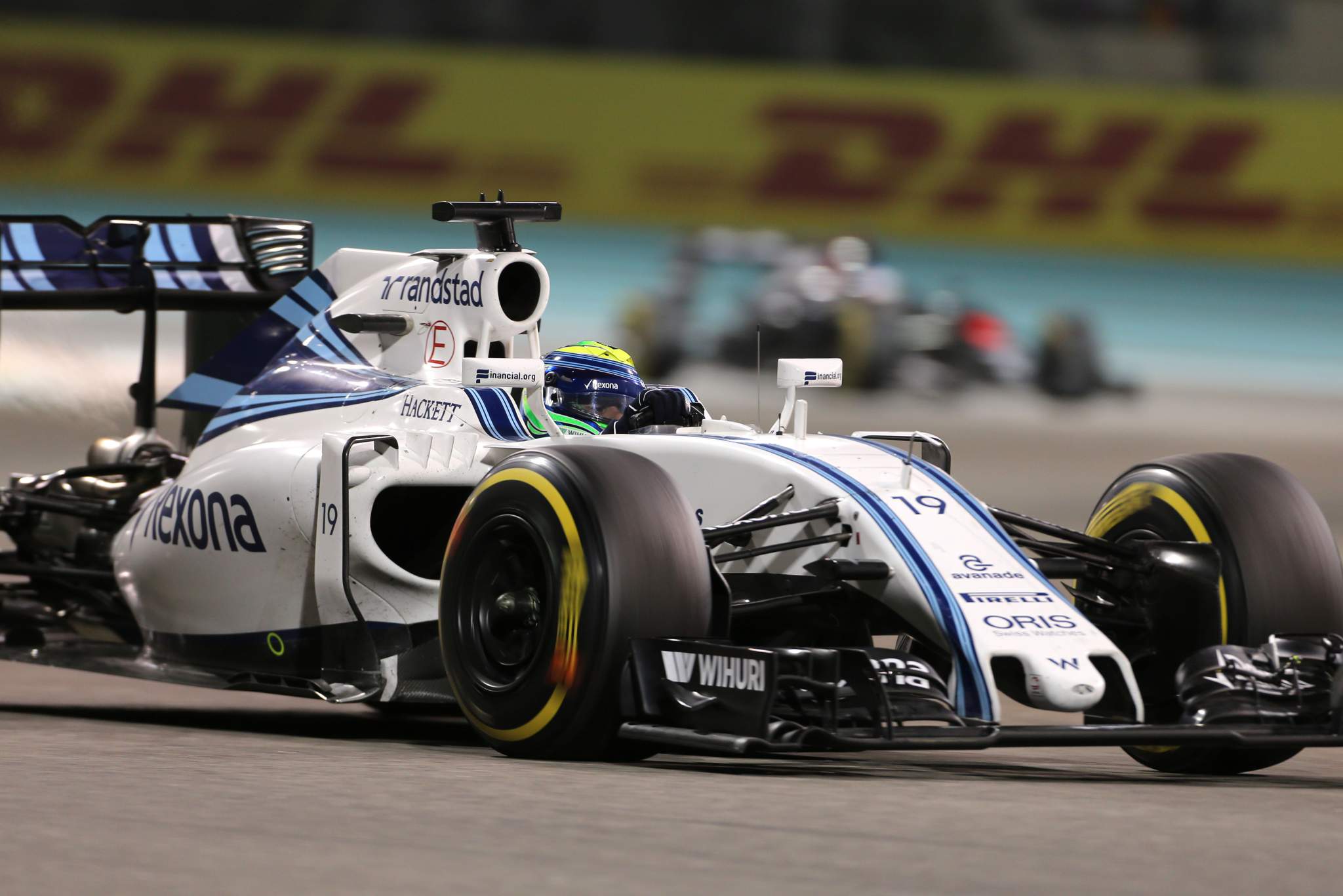
When Felipe Massa bid an emotional farewell to Ferrari at the end of 2013, the days when he came so close to winning the world championship in red were a fading memory. He ended up linking up with another faded force: a Williams team that had finished a distant ninth in the constructors’ championship.
While a marriage of convenience, given Massa had relatively few options in F1 and Williams didn’t have grand prix-winning drivers beating down its door, it worked superbly.
With Mercedes power, Williams leaped into the leading group and Massa was able to return to the podium and claim a pole position in 2014.
In the end, Massa spent four seasons with Williams – the final one in 2017 after coming out of retirement having initially been replaced by Lance Stroll for financial reasons. Nico Rosberg’s shock retirement, which led to Valtteri Bottas moving from Williams to Mercedes , led to Massa’s comeback.
Nelson Piquet – Benetton

The three times world champion appeared to have lost interest with declining Lotus in 1989, picking up the occasional points finish but more often struggling. He even failed to qualify at Spa on a disastrous weekend for the team.
Expectations weren’t high when he joined Benetton in 1990, which was reflected in his deal being for a modest retainer but with significant financial rewards for racking up results.
Benetton had finished fourth in ’89 and was inching its way towards the front, but after spending much of the season as a consistent points finisher, Piquet picked up back-to-back wins in the final two races of 1990 in Japan and Australia to climb to third in the world championship.
He added another win in Canada the following year, but Michael Schumacher’s arrival late in the season sealed his fate and his F1 career was over.
But that two-year stint at Benetton revived him as an F1 force, allowing him to add three wins to his formidable record.
Damon Hill – Jordan
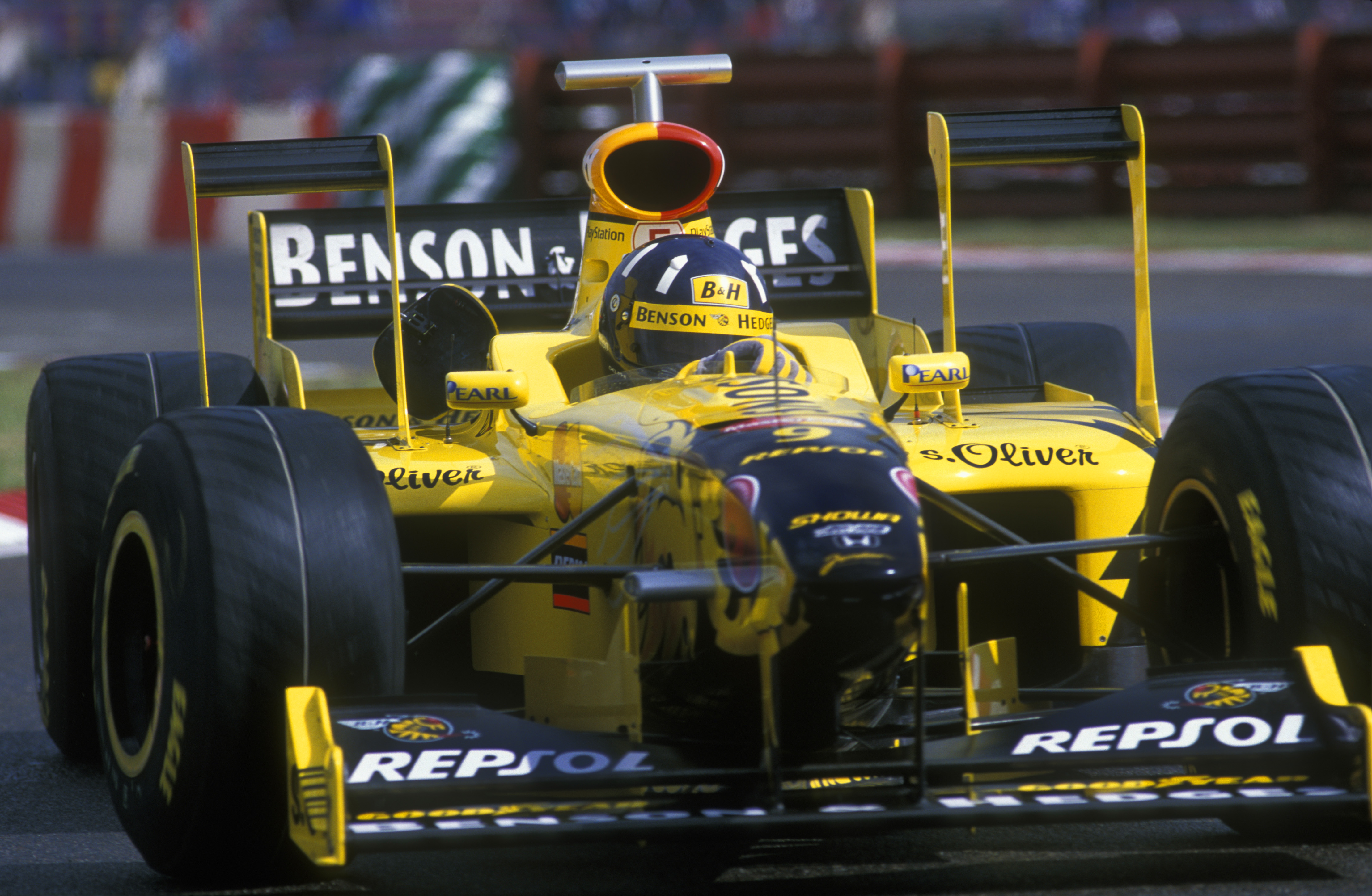
While Hill’s move to Arrows after being dropped by Williams as world champion at the end of 1996 backfired, his decision to join Jordan in 1998 proved to be an inspired one.
Despite a difficult start to the season, he had a strong second half of the season that included a famous victory in the Belgian Grand Prix.
Jordan had finished fifth in 1997 and given it was losing works Peugeot power to switch to the less powerful Mugen-Honda engine, there was an element of risk in this move.
Doubly so given Hill turned down McLaren to take it, albeit as a result of that deal requiring him to get results to earn the financial reward he felt he was due as a world champion.
Although Hill’s tenure with Jordan ended badly in 1999 as he almost quit mid-season before half-heartedly seeing out the campaign, he had at least recaptured some of the glory days the previous season.
Clay Regazzoni – Williams
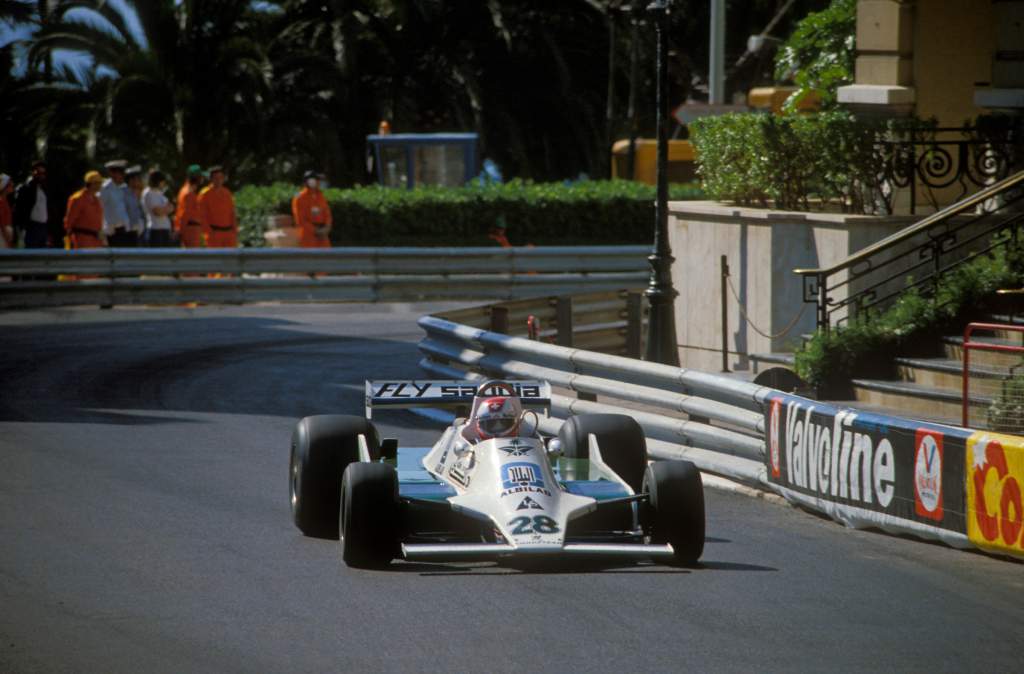
The days when Regazzoni had challenged for the world championship with Ferrari were a distant memory by 1978, as he toiled away with ailing Shadow and occasionally failed even to qualify for races. This followed a season with the minnow Ensign team after leaving Ferrari that at least yielded a points finish every once in a while.
But it was the deal he signed for 1979 that earned him a shot back in the big-time as he joined the emerging Williams team, which had finished a lowly ninth in the previous year’s championship.
While very much number two to Alan Jones, this allowed Regazzoni to roll back the years and earn a place in Williams history by bagging its first F1 victory in the 1979 British Grand Prix. It was Regazzoni’s first win in over three years.
Williams didn’t keep him on, but that season allowed the popular Regazzoni a late-career revival. Sadly, his return to Ensign the following year led to him being paralysed from the waist down in a terrible crash at Long Beach.
Lewis Hamilton – Mercedes
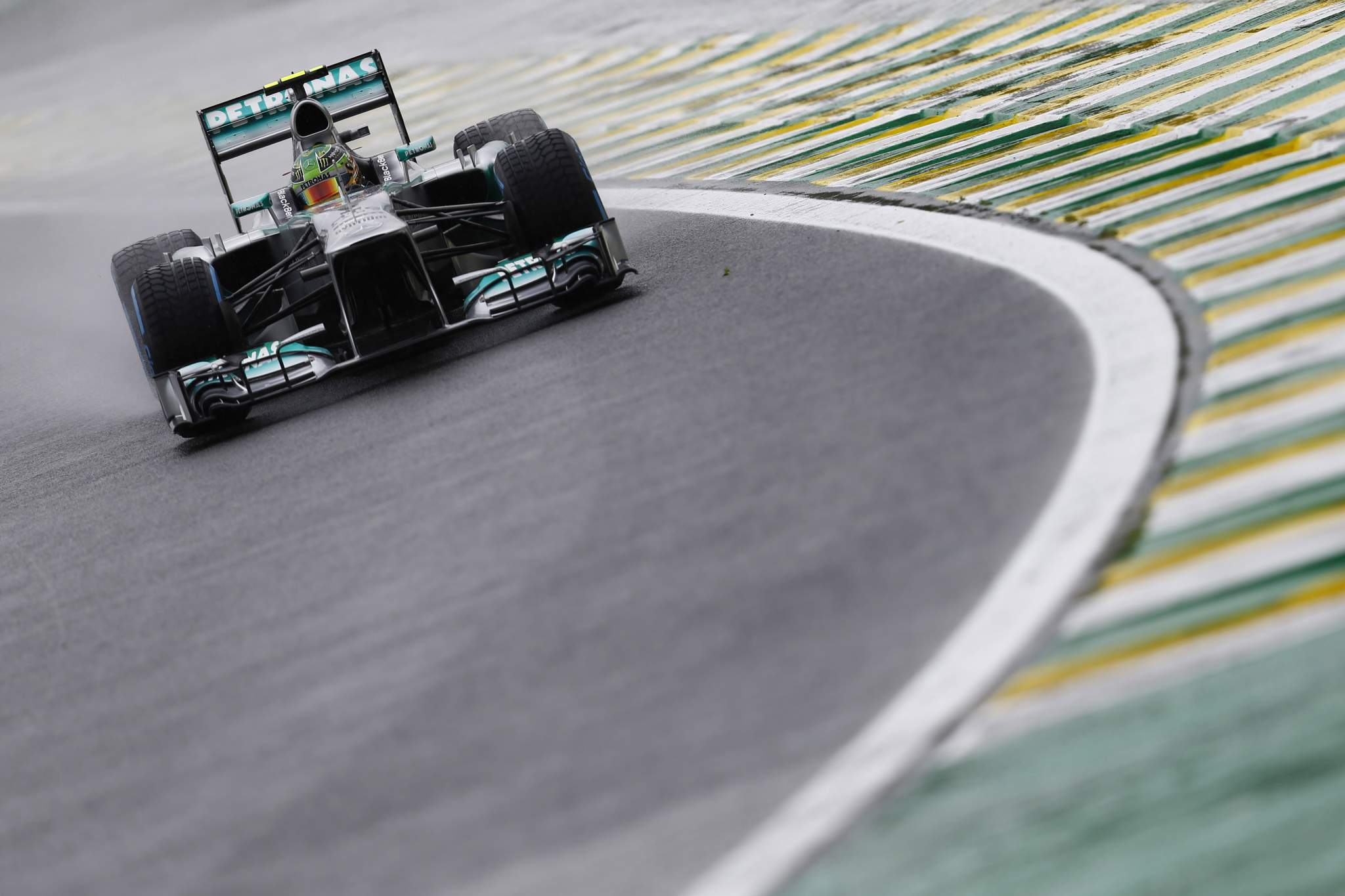
It’s easy to forget that many questioned Hamilton’s decision to join Mercedes in 2013. After all, he was driving for McLaren, which had the fastest car on average in 2012 despite reliability and operational troubles preventing it going for the title.
Mercedes, meanwhile, had just broke through with a win but had generally underachieved and finished only fifth in the constructors’ championship.
The move proved to be spectacularly judged, with Hamilton taking his first win for Mercedes in Hungary 2013 before going on to dominate F1 with a run of six titles in seven years once the V6 turbo hybrid era began.
Never has a move to a midfield-ranked team yielded such spectacular results.
Kimi Raikkonen – Lotus
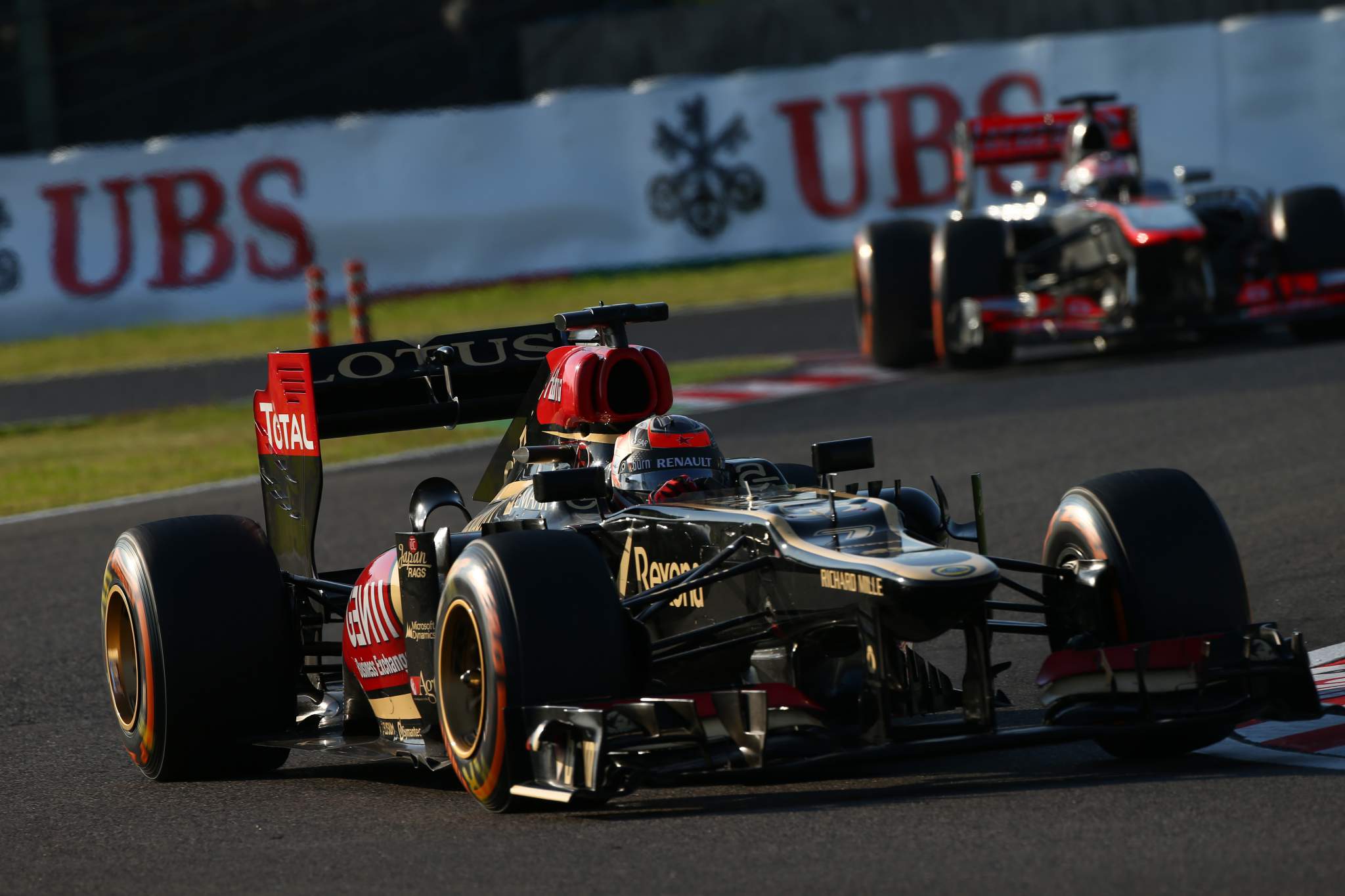
Raikkonen was paid by Ferrari not to race in 2010 to allow the arrival of Fernando Alonso, but after spending two years on the sidelines dabbling mainly in rallying, he returned with the renamed Lotus team in 2012.
Given the team, running under the Renault name, had finished a troubled fifth in the championship the year before, it was a risky move.
But it paid off spectacularly.
Raikkonen won the 2012 Abu Dhabi Grand Prix and triumphed again in Australia the following year, paving the way for an unexpected return to Ferrari in 2014.
When he was out of F1 in 2010/11, it seemed like his grand prix career might be over.
Yet he’s still going to be on the grid with Alfa Romeo in 2021 as a consequence of that decision to join Lotus.
Heinz-Harald Frentzen – Jordan
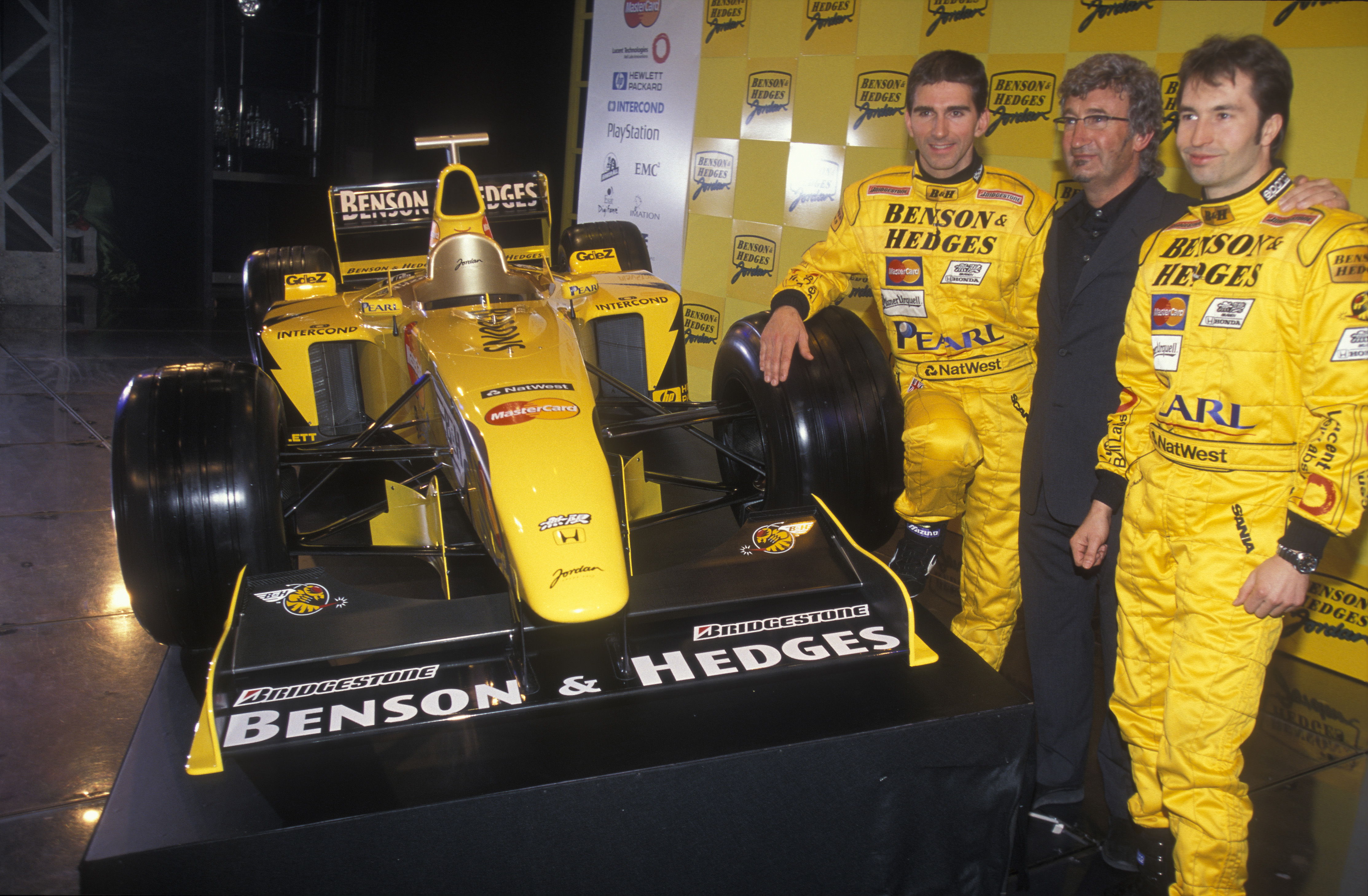
Once touted as the man who would beat Michael Schumacher, Frentzen’s two-year stint with Williams had shattered that reputation.
He won just once in the all-conquering 1997 Williams, at Imola, although with a little less bad luck he would have added to that tally.
After spending 1998 in less competitive machinery thanks to Renault pulling out of F1, he was dropped and picked up by Jordan to replace Ralf Schumacher – who had moved in the other direction to Williams.
While Jordan had finished fourth in 1998 and won a race, Frentzen helped it to another level in 1999.
He claimed two victories, at Magny-Cours and Monza, and was emerging as a title threat before retiring from the lead at the Nurburgring.
While his career waned thereafter as Jordan faded, resulting in his departure during the 2001 season, the Jordan move allowed him to show sparks of the brilliant future that was promised in his early F1 days with Sauber.






